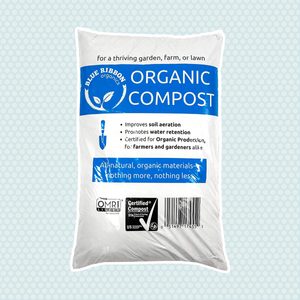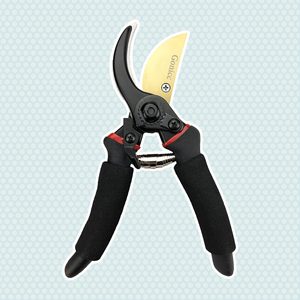Bloomerang Lilac: Your Guide to This Fragrant Reblooming Lilac
Updated: May 21, 2021

Enjoy three seasons (yes—three!) of beautiful and aromatic lilacs. Our guide to Bloomerang lilacs shows how to plant and care for these prolific, reblooming lilacs.
Our editors and experts handpick every product we feature. We may earn a commission from your purchases.
When lilac blooms open and you catch that scent in the air, you know that spring is really underway. Yet sadly, regular lilac blooms last only a couple of weeks: a fleeting window that soon leaves us longing for next year’s lilac season. (Here are the best-smelling flowers to add to your garden in the meantime.) Fortunately for lilac lovers, there are new varietals of lilac that rebloom, and Bloomerang is our favorite. Why? The flowers last through the summer and the fall!
Why We Love the Bloomerang
Waiting a whole year to enjoy the lush beauty and scent of lilacs is so hard, so of course we’ve fallen in love with this lilac that delivers fragrant blooms through three seasons! And amazingly Bloomerang, available in shades of purple or pink, does this with very little maintenance.
We also love that Bloomerang lilacs stay compact. Anyone who has common lilacs in their yard knows how quickly they grow, becoming tall and spindly. Bloomerangs will keep a tidy, round shape, giving you more options of locations in your landscape. They reach a maximum height of around five feet, and dwarf varieties are three feet.
Where to Plant Bloomerang Lilacs
Bloomerang lilacs can be grown in zones 3-7, though they’ll do the best in cooler climates: the period of cold weather is what actually helps the shrub produce more blooms.
Your Bloomerang will also need to be planted in a full sun location. After the springtime flowering, the shrub produces lots of new growth. These new branches are where the summer and fall blooms will appear. The soil should drain well and be nutrient-rich, and you can always add organic matter to the soil.
Love being in the garden? Treat yourself to these gardening gifts.
How to Care for This Lilac
Luckily, Bloomerang needs very little help to do its thing. It will bloom in the spring on old wood at the same time as other lilacs. After these blooms fade, you can do a light pruning if you wish to remove the flower heads—but it isn’t required. Bloomerang will spend several weeks rejuvenating and creating new growth: you can add a light application of fertilizer after the first bloom to help with this, but it’s not critical.
Around July, the Bloomerang will flower again, this time on the new growth. And here’s the best part: you’ll be enjoying these blooms right into the fall (along with chrysanthemums).
Essentials for Plant Care
Up Next:



